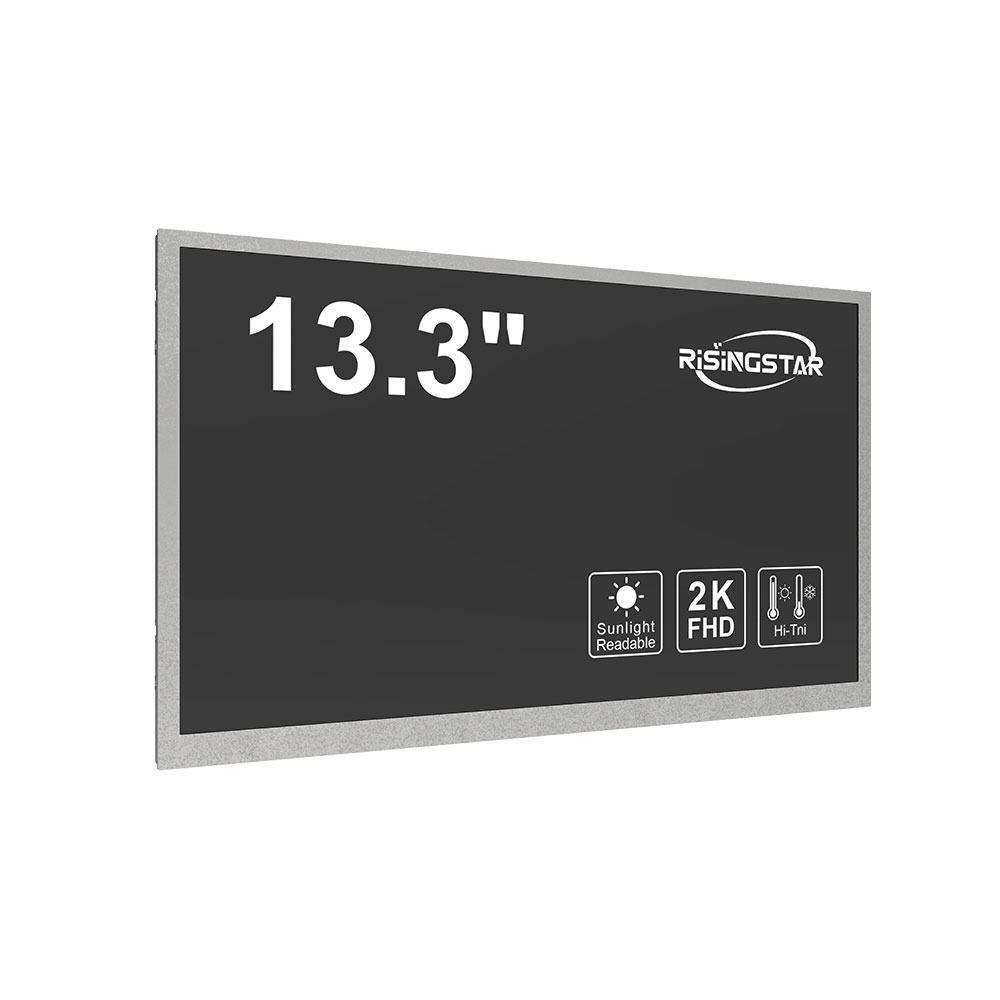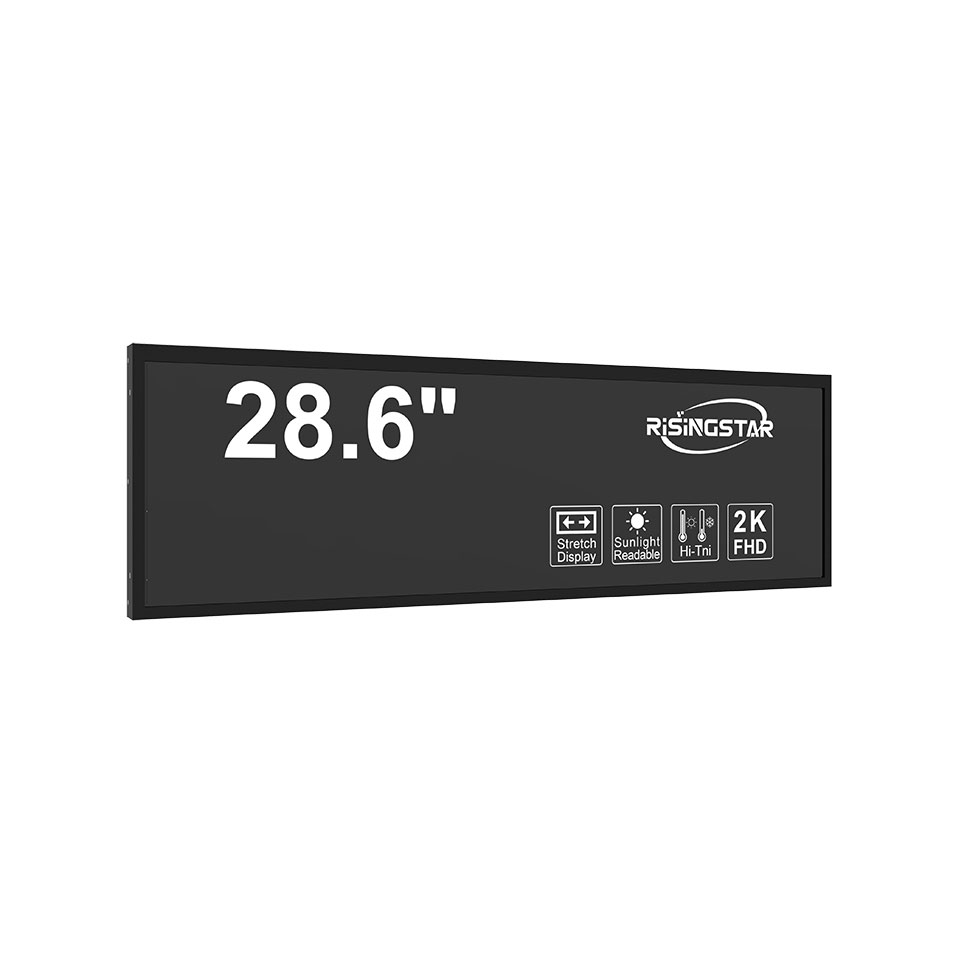- Home
- About Us
- Products
- News
- Video
- Contact
- Send Inquiry
Search
- Home
- About Us
- Products
- News
- Video
- Contact
- Send Inquiry

In modern urban transit systems, the role of passenger information displays (PIDs) has evolved from simple static signage to dynamic, real-time digital interfaces that improve traveler experience, safety, and operational efficiency. High-brightness outdoor LCD screens—specifically designed for harsh environmental conditions—are now essential components in metro stations, bus terminals, train depots, and airport concourses worldwide. These displays not only provide up-to-date schedules and delays but also support emergency alerts, multilingual content, and accessibility features such as audio descriptions or visual cues for visually impaired users.
The main body of this discussion explores how high-brightness outdoor LCD technology meets the demands of public transportation environments. According to a 2023 report by MarketsandMarkets, the global smart transit display market is projected to grow at a CAGR of 12.7% from 2023 to 2028, driven by increasing investments in intelligent transport systems (ITS). A key enabler of this growth is the deployment of outdoor-rated LCDs capable of operating reliably under extreme temperatures (-30°C to +60°C), direct sunlight exposure (up to 10,000 lux), and high humidity levels. For instance, London Underground’s recent upgrade to LED-backlit LCD panels with anti-glare coatings increased readability by over 45% compared to legacy displays, as documented in a Transport for London technical white paper (2022).
From a technical standpoint, these displays must comply with international standards such as IP65 for dust and water resistance and MIL-STD-810G for shock and vibration testing. The use of Class II power supplies and passive cooling systems ensures compliance with energy efficiency regulations like ENERGY STAR and RoHS. In Singapore’s Mass Rapid Transit (MRT) system, the integration of solar-powered backup units and AI-driven content scheduling reduced energy consumption by 30% while maintaining 99.9% uptime across 180+ station displays—a case study cited by the International Association of Public Transport (UITP) in their 2023 sustainability report.

Moreover, modern PID systems are no longer standalone devices; they form part of a larger IoT-enabled ecosystem. They integrate with central control servers via Ethernet/IP or Wi-Fi 6, enabling centralized content management, remote diagnostics, and predictive maintenance using machine learning algorithms. For example, New York City’s MTA deployed an edge-computing architecture where each display runs lightweight analytics locally to detect faults before they escalate—a strategy that cut average repair time by 60%, according to a 2024 IBM case study published in IEEE Transactions on Intelligent Transportation Systems.
From a user perspective, clear visibility and intuitive interface design are paramount. Research from the University of California, Berkeley’s Institute of Transportation Studies shows that well-designed PIDs reduce perceived waiting times by up to 25%, improving passenger satisfaction scores. This underscores the importance of not just brightness (typically 5,000–10,000 nits), but also contrast ratio (>3000:1), color accuracy (Delta E< 3), and refresh rate (≥60Hz) in outdoor settings.
In conclusion, high-brightness outdoor LCD displays have become indispensable tools in enhancing the functionality and user experience of public transportation networks globally. As cities continue to expand their smart infrastructure initiatives, the demand for durable, energy-efficient, and intelligently managed PID solutions will only intensify. Manufacturers like LG Electronics, Samsung Display, and Leyard (a subsidiary of Planar) are leading innovation in this space, offering modular, scalable platforms tailored for both retrofitting existing stations and designing new transit hubs from the ground up. With proper planning, robust engineering, and adherence to industry best practices, these systems represent a powerful convergence of technology, human-centered design, and sustainable urban mobility.
